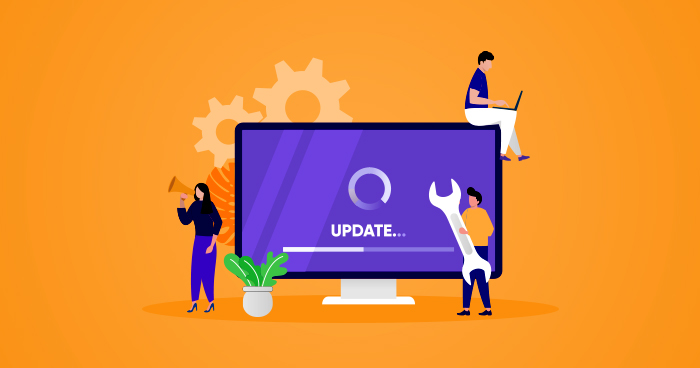
9 Critical Reasons Why Website Maintenance Is Important & Should Not Be Overlooked
Your website is the face of your online presence, serving as a crucial gateway for connecting with your audience. While designing a visually appealing and functional website is undoubtedly essential, the journey doesn’t end there. Enter website maintenance – the unsung hero that ensures your virtual storefront remains robust, secure, and aligned with the dynamic nature of the internet. In this blog, we’ll delve into the ten critical reasons why website maintenance should never be overlooked. From fortifying security to enhancing user experience, each aspect plays a pivotal role in sustaining your digital footprint. So, let’s unravel the layers of importance and understand why regular upkeep is the key to a thriving online presence.
Security Updates for Robust Protection
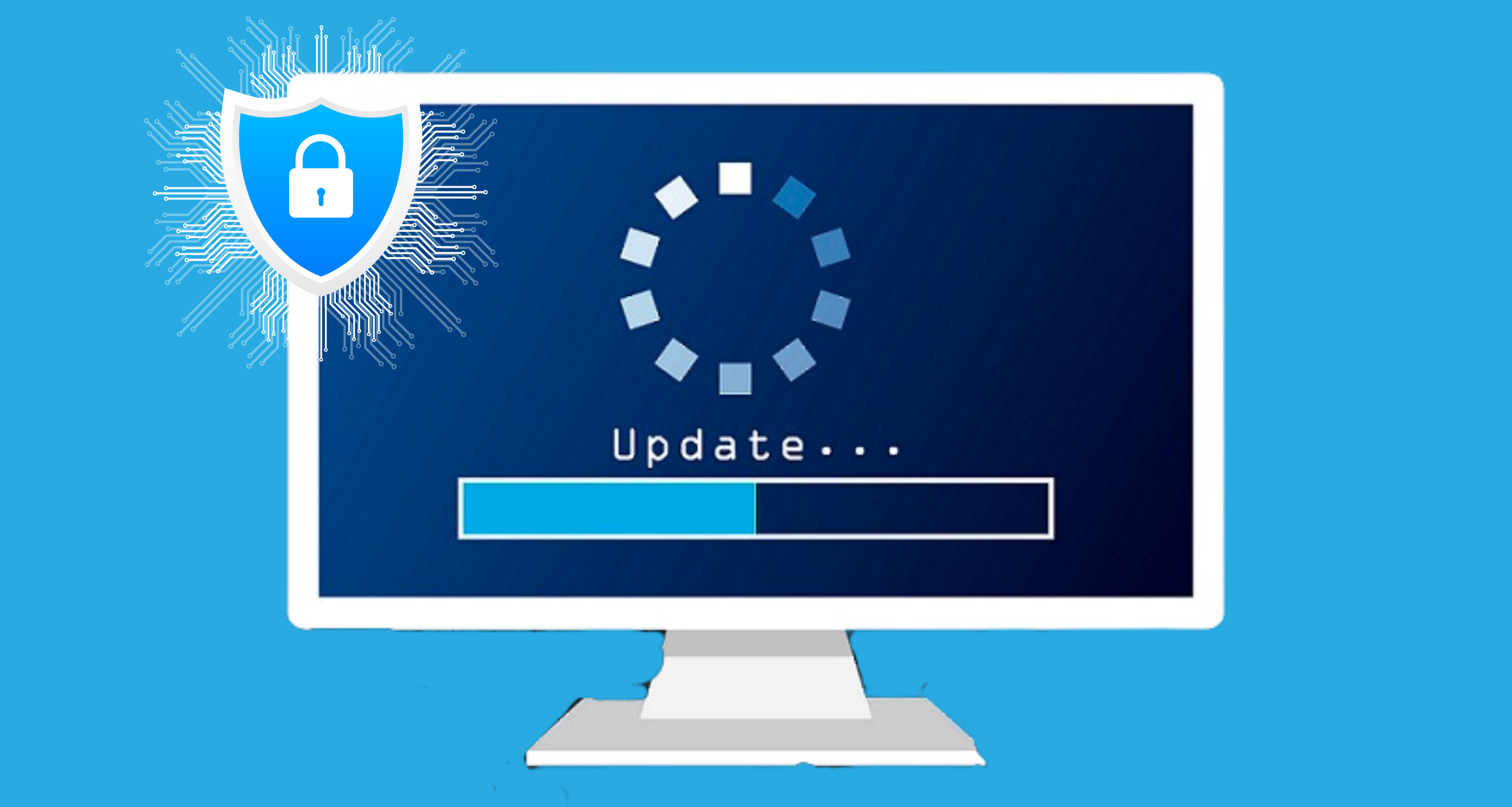
The security of your website is paramount. Cyber threats are ever-present, continually evolving, and can pose serious risks to both your business and your users. Regular security updates are the foundation of a robust defense strategy, creating an impervious shield against potential vulnerabilities. In this section, we’ll explore why staying ahead of the security curve through timely updates is not just a good practice but an absolute necessity for the safety of your online ecosystem.
The Constant Cat-and-Mouse Gam
Cybersecurity is a constant cat-and-mouse game between website owners and malicious actors seeking to exploit vulnerabilities. As technology advances, so do the techniques employed by hackers. Regular security updates act as a proactive measure, closing the loopholes that could otherwise be exploited by cybercriminals. It’s not just about defending against known threats; it’s about anticipating and thwarting new and emerging risks.
Protection of Sensitive Data
Your website is a repository of sensitive information, including user data, transaction details, and possibly confidential business data. A breach not only jeopardizes the trust of your users but can also have legal and financial repercussions. Security updates ensure that your website’s defenses are fortified, reducing the risk of unauthorized access and data breaches.
Preserving Brand Reputation
A security breach can tarnish your brand’s reputation, eroding the trust carefully built with your audience. Customers are increasingly vigilant about the security of online platforms, and news of a breach can spread rapidly, causing reputational damage that is challenging to repair. By prioritizing security updates, you send a clear message to your users that their safety is your top priority.
Regulatory Compliance
Various data protection regulations require businesses to implement adequate security measures to safeguard user information. Neglecting security updates could result in non-compliance, leading to legal consequences and financial penalties. Staying on top of security updates ensures that your website aligns with the latest regulatory standards, safeguarding both your users and your business.
Security updates are the proactive measures that safeguard your website from the ever-present and evolving threats in the digital realm. By making security a priority, you not only protect your business assets but also demonstrate a commitment to the trust and safety of your users.
Enhanced User Experience through Regular Checks
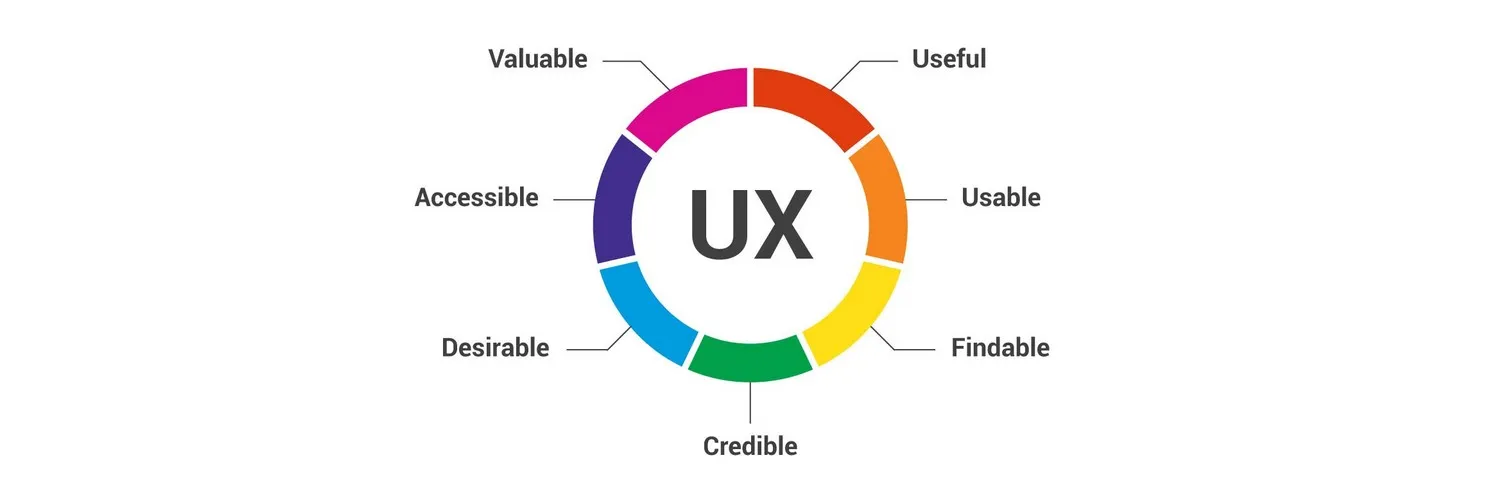
User experience (UX) stands as the cornerstone of a successful online presence. Regular website maintenance goes beyond addressing technical glitches; it’s about fine-tuning the user journey for seamless and enjoyable interactions. This section explores why consistent checks and updates are instrumental in enhancing user experience and, consequently, fostering user satisfaction and loyalty.
Swift Navigation and Intuitive Design
Users appreciate a website that allows them to navigate effortlessly and find information intuitively. Regular checks enable you to identify and rectify any navigation issues, ensuring that your website’s design remains user-friendly. A streamlined and intuitive design not only enhances the overall user experience but also encourages visitors to explore more of what your site has to offer.
Optimized Page Loading Speeds
In the fast-paced digital landscape, users expect instant access to information. Slow-loading pages can lead to frustration and prompt users to abandon your site in favor of faster alternatives. Regular maintenance allows you to optimize page loading speeds, ensuring that your website provides a swift and responsive experience. This not only keeps visitors engaged but also contributes to improved search engine rankings.
Responsive Design for All Devices
With users accessing websites from various devices, from smartphones to desktops, maintaining a responsive design is non-negotiable. Regular checks ensure that your website remains adaptable to different screen sizes and resolutions. This adaptability not only caters to a diverse audience but also contributes to better search engine rankings, as search engines prioritize mobile-friendly websites.
Content Relevance and Accuracy
Keeping your website content up-to-date is vital for providing users with accurate and relevant information. Regular checks help you identify outdated content, broken links, or any inaccuracies that may have crept in. Fresh and accurate content not only adds value to the user experience but also reinforces your credibility and authority in your industry.
User experience is a dynamic aspect of your website that requires continuous attention. Regular checks and updates ensure that your website not only meets but exceeds user expectations, creating a positive and memorable digital experience for every visitor.
Optimized Performance for Faster Loading Speeds
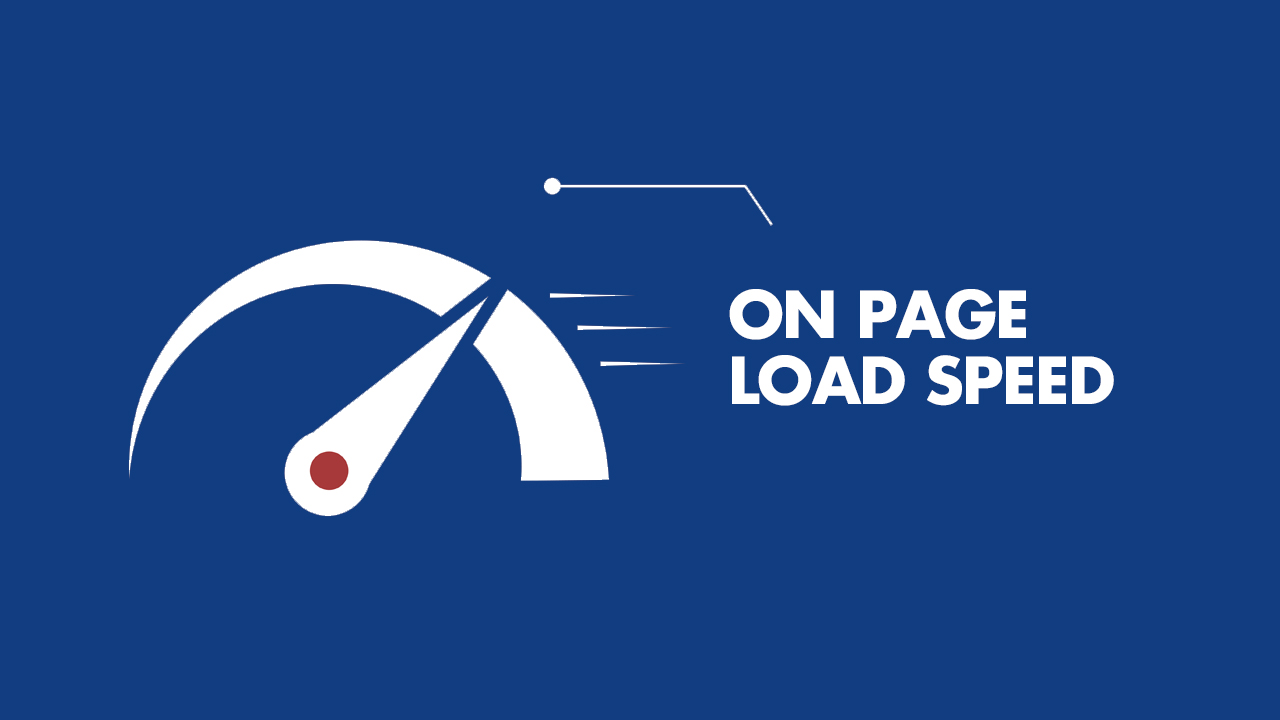
This section delves into the importance of optimizing performance to achieve lightning-fast loading speeds, exploring why this aspect of website maintenance should be a top priority for every online presence.
User Engagement and Retention
Studies consistently show that users are more likely to abandon a website if it takes too long to load. Optimal performance, characterized by swift loading speeds, directly contributes to user engagement and retention. When visitors can access your content quickly, they are more likely to stay, explore, and interact with your site, reducing bounce rates and increasing the likelihood of conversions.
Search Engine Optimization (SEO)
Search engines, such as Google, consider page loading speed as a crucial factor in their ranking algorithms. A slow-loading website may be penalized with lower search engine rankings, impacting its visibility to potential visitors. By optimizing performance and ensuring fast loading times, you not only enhance the user experience but also improve your website’s SEO, potentially leading to higher organic traffic.
Mobile Responsiveness
As an increasing number of users access the internet via mobile devices, optimizing performance becomes synonymous with ensuring mobile responsiveness. Mobile users, in particular, expect quick and efficient access to information. Regular maintenance to enhance performance ensures that your website is not only fast on desktops but also provides a smooth experience on various mobile devices.
Conversion Rate Optimization (CRO)
A website’s performance directly influences its ability to convert visitors into customers or subscribers. Slow loading speeds can lead to frustration and abandonment at critical points in the user journey, impacting conversion rates. By consistently optimizing performance, you create an environment conducive to seamless user interactions, boosting the chances of successful conversions.
The need for optimized performance goes beyond mere convenience; it’s a critical factor that influences user behavior, search engine rankings, and ultimately, the success of your online presence. Prioritizing regular performance checks ensures that your website remains at the forefront of speed and efficiency in the digital landscape.
Compatibility Across Various Devices and Browsers

In an era where users access websites through an array of devices and browsers, ensuring a seamless experience across different platforms is paramount. This section explores why website maintenance should prioritize compatibility, guaranteeing that your content remains accessible, functional, and visually appealing regardless of the device or browser your audience chooses.
Diverse User Preferences
Users engage with websites on a multitude of devices, from desktop computers and laptops to smartphones and tablets. Each device comes with its own set of specifications, screen sizes, and capabilities. Regular compatibility checks and adjustments are crucial to accommodate these diverse user preferences, providing an optimal experience and catering to a broader audience.
Browser Diversity and User Experience
The internet landscape is marked by a variety of browsers, each with its unique rendering engine and compatibility quirks. Ensuring your website functions seamlessly across popular browsers such as Chrome, Firefox, Safari, and Edge is vital for user satisfaction. Regular maintenance includes testing and adjustments to address any compatibility issues that may arise, guaranteeing a consistent and reliable experience for users, irrespective of their browser choice.
Adaptability to New Technologies
The technology landscape is ever-evolving, with new devices and browsers continually entering the market. Regular website maintenance ensures that your platform remains adaptable to emerging technologies, preventing obsolescence and keeping your user experience at the forefront of innovation. This adaptability not only caters to current user needs but also future-proofs your website.
Consistency in Brand Representation
A cohesive and consistent brand image is crucial for building trust and recognition. Inconsistencies in how your website appears or functions across different devices or browsers can erode the trust users place in your brand. By prioritizing cross-device and cross-browser compatibility, you maintain a uniform brand representation, reinforcing your commitment to providing a reliable and accessible online experience.
Compatibility is not just about technical considerations; it’s about ensuring that your website remains inclusive, catering to the diverse preferences and behaviors of your audience. Regular maintenance in this regard guarantees that your digital presence remains versatile and user-friendly across the ever-expanding spectrum of devices and browsers.
Content Accuracy and Relevance for Credibility

Content is the lifeblood of your website, serving as a powerful tool to engage, inform, and persuade your audience. However, the journey doesn’t end with the creation of compelling content; maintaining its accuracy and relevance is equally vital. This section explores the critical role of website maintenance in upholding content integrity, safeguarding your brand’s credibility in the eyes of your audience.
Dynamic Nature of Information
In a fast-paced world, information evolves rapidly. Facts change, statistics get updated, and industry trends shift. Regular content maintenance involves staying abreast of these changes, ensuring that the information presented on your website remains accurate and reflects the current state of affairs. This commitment to accuracy bolsters your credibility as a reliable source of information.
User Trust and Retention
Trust is a cornerstone of successful online interactions. Users rely on your website for accurate and relevant information. If your content becomes outdated or inaccurate, it erodes the trust your audience places in your brand. Regular checks and updates not only preserve trust but also contribute to user retention, as visitors are more likely to return to a source they consider credible.
SEO Impact
Search engines value fresh and relevant content. Regularly updating your website’s content signals to search engines that your site is active and provides up-to-date information. This, in turn, positively impacts your search engine rankings, enhancing your visibility to potential visitors. An accurate and regularly updated website is more likely to rank higher in search results, driving organic traffic.
Adaptation to Audience Needs
Audience preferences and needs can evolve over time. Regularly reviewing and updating your content allows you to adapt to these changes, ensuring that your website remains aligned with the interests and concerns of your target audience. This adaptability not only maintains credibility but also positions your brand as responsive and customer-focused.
Content accuracy and relevance are not static attributes but require ongoing attention and maintenance. By treating your content as a dynamic asset and prioritizing its accuracy, you not only safeguard your brand’s credibility but also create a foundation for sustained engagement and positive user experiences.
Bug Fixes for Seamless Functionality

Bugs are the unwelcome guests that can disrupt the seamless functioning of your digital platform. This section explores why bug fixes should be at the forefront of your website maintenance strategy, delving into how addressing these glitches is crucial for providing users with a smooth and frustration-free online experience.
User Experience and Satisfaction
Bugs can manifest in various ways, from broken links and error messages to functionality issues and slow loading times. Each of these hiccups contributes to a subpar user experience. By promptly addressing and fixing bugs, you ensure that visitors can navigate your website effortlessly, fostering satisfaction and positive perceptions of your brand.
Conversion Optimization
For websites with transactional elements, such as e-commerce platforms, bugs can be particularly detrimental. A glitch during the checkout process or payment gateway can lead to abandoned carts and lost sales. Regular bug fixes are instrumental in optimizing the conversion process, ensuring that users can complete transactions smoothly without encountering technical hindrances.
Brand Reputation Management
Nothing erodes trust in your brand faster than a malfunctioning website. Users associate a glitchy online experience with unprofessionalism and unreliability. Timely bug fixes not only resolve technical issues but also demonstrate your commitment to providing a polished and dependable digital environment, safeguarding your brand’s reputation.
Continuous Improvement
Websites are dynamic entities, and as you introduce new features or update existing ones, bugs may surface. Regular bug fixes are part of a continuous improvement process, allowing you to identify and address issues as your website evolves. This commitment to refinement ensures that your platform remains at the forefront of functionality and usability.
Bug fixes are not just technical necessities; they are essential for maintaining the health of your website and preserving the trust of your users. By prioritizing prompt bug resolution, you contribute to a positive user experience, protect your brand’s reputation, and create a digital space where functionality seamlessly aligns with user expectations.
Backup and Data Recovery for Disaster Preparedness
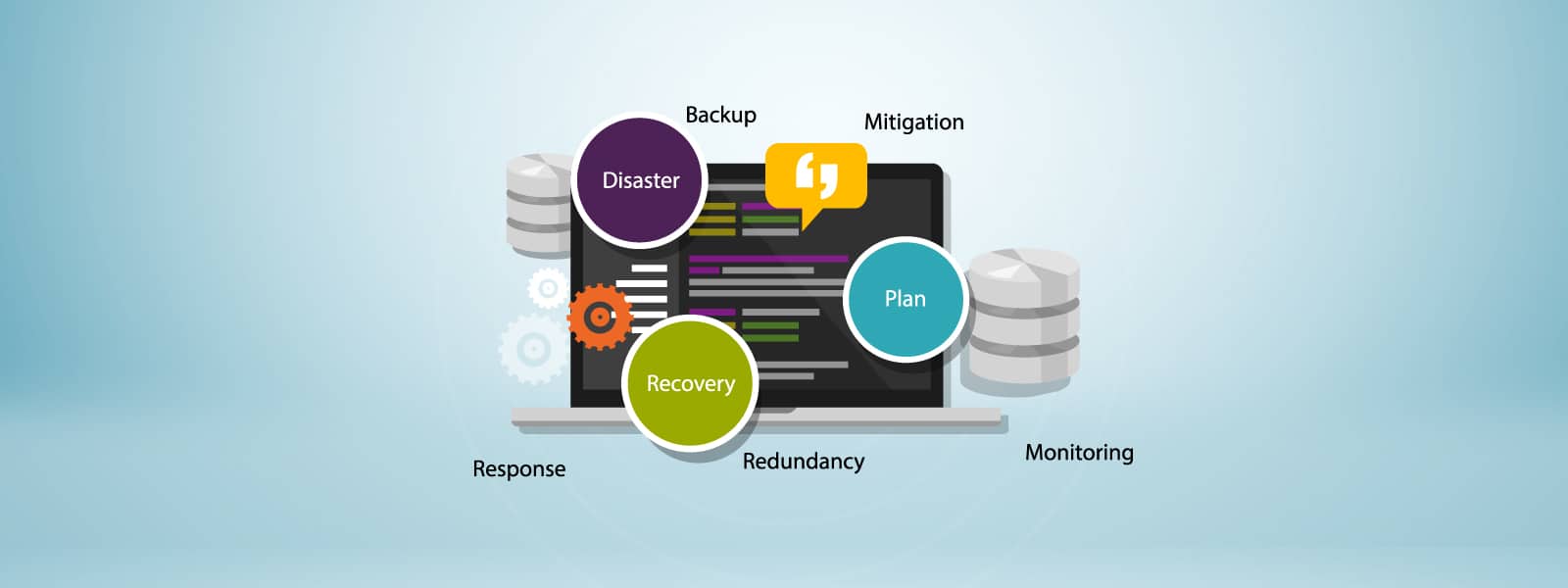
Data is the lifeblood of online operations, the importance of backup and data recovery cannot be overstated. This section explores why integrating robust backup and recovery mechanisms into your website maintenance strategy is not just a precautionary measure but a critical component of disaster preparedness.
Shielding Against Data Loss
Data loss can occur due to various reasons, ranging from hardware failures and cyber-attacks to human error and natural disasters. Regular backups serve as a protective shield, ensuring that even in the face of unforeseen events, your critical data can be restored, minimizing potential downtime and loss of valuable information.
Ransomware and Cyber Threat Resilience
The rising threat of ransomware and cyber-attacks underscores the need for proactive measures. Regular backups provide a safety net in the event of a ransomware attack, allowing you to restore your website to a secure state without succumbing to extortion demands. This resilience is pivotal for maintaining business continuity and safeguarding sensitive information.
Business Continuity Planning
Disasters, whether in the form of server crashes or natural calamities, can disrupt normal operations. Robust backup and data recovery strategies are integral to business continuity planning. By having comprehensive backups in place, you ensure that your website can be swiftly restored, minimizing the impact of disruptions and enabling your business to resume operations with minimal downtime.
Customer Trust and Reputation Management
A loss of data, especially sensitive customer information, can severely damage trust and tarnish your brand’s reputation. Demonstrating a commitment to data security through regular backups not only safeguards your customers’ information but also sends a message that you prioritize their privacy and are prepared to handle unforeseen challenges.
Legal and Compliance Obligations
In many industries, there are legal requirements regarding data protection and storage. Regular backups help you comply with these regulations, ensuring that your website maintains the necessary records and can recover data as required by law. This not only protects your business from potential legal consequences but also reinforces your commitment to ethical and responsible data management.
Backup and data recovery are not just safety nets for the worst-case scenario; they are proactive measures to ensure the resilience and continuity of your digital operations. By integrating these practices into your website maintenance routine, you fortify your digital fortress, safeguarding your data, your business, and the trust of your users.
Adaptation to Evolving Technology Trends

Technology is in a perpetual state of evolution. Websites that fail to adapt to these changes risk becoming outdated and losing relevance. This section explores why website maintenance should include a focus on staying abreast of emerging technology trends, ensuring that your digital presence remains innovative, competitive, and aligned with the expectations of your audience.
User Expectations and Experience
Technology is in a perpetual state of evolution. Websites that fail to adapt to these changes risk becoming outdated and losing relevance. This section explores why website maintenance should include a focus on staying abreast of emerging technology trends, ensuring that your digital presence remains innovative, competitive, and aligned with the expectations of your audience.
Mobile Responsiveness and New Devices
The prevalence of mobile devices continues to rise, and new types of devices, such as wearables and smart TVs, continually enter the market. Adapting your website to be responsive to different screen sizes and compatible with emerging devices is essential for reaching a diverse audience. Regular maintenance allows you to assess and implement the necessary adjustments to ensure optimal performance across the ever-expanding spectrum of devices.
Incorporating AI and Automation
Artificial intelligence (AI) and automation are revolutionizing online interactions. From chatbots and personalized recommendations to automated workflows, integrating these technologies into your website can enhance user engagement and operational efficiency. Regular updates allow you to explore and implement the latest AI advancements, ensuring your website remains at the forefront of innovation.
Enhanced Security Measures
Cybersecurity threats are continually evolving, prompting the development of advanced security measures. Regular maintenance involves updating your website’s security protocols to defend against the latest threats. This proactive approach is crucial for safeguarding user data, maintaining trust, and protecting your website from potential breaches.
SEO and Algorithm Changes
Search engines frequently update their algorithms, impacting how websites are ranked in search results. Staying current with these changes through regular maintenance ensures that your website remains optimized for search engines. Adapting to evolving SEO trends is vital for maintaining visibility and driving organic traffic to your site.
Adaptation to evolving technology trends is not just a strategy for survival; it’s a pathway to continued growth and relevance in the digital landscape. By making it a priority in your website maintenance plan, you position your online presence as a forward-thinking and innovative entity that resonates with the expectations of a tech-savvy audience.
Legal Compliance and Privacy Maintenance

In an era marked by heightened awareness of data privacy and evolving legal frameworks, adherence to compliance standards is non-negotiable. This section delves into why website maintenance should include a vigilant focus on legal compliance and privacy maintenance, safeguarding both your business and the sensitive information entrusted to your care.
Data Protection Regulations
Global and regional data protection regulations, such as GDPR and CCPA, impose stringent requirements on how businesses handle user data. Regular website maintenance is essential to ensure that your data processing practices align with the latest legal standards, protecting your business from potential legal consequences and reinforcing your commitment to user privacy.
User Consent and Transparency
Transparency in data collection and obtaining user consent are fundamental principles of privacy maintenance. Regular updates to your privacy policies and consent mechanisms ensure that users are informed about how their data is utilized. This not only fulfills legal requirements but also fosters trust by demonstrating a commitment to openness and accountability.
Security Audits and Vulnerability Checks
Legal compliance extends beyond data protection to encompass overall cybersecurity. Regular security audits and vulnerability checks are integral to maintaining compliance with industry standards and regulations. Addressing potential security gaps not only protects sensitive information but also helps prevent data breaches that could lead to legal repercussions.
Evolving Privacy Concerns
Privacy concerns are dynamic and can evolve based on societal attitudes and technological advancements. Regular website maintenance involves staying attuned to these shifts and adapting your privacy measures accordingly. By addressing emerging concerns proactively, you demonstrate a commitment to staying ahead of the curve and safeguarding user trust.
Cookie Policies and Tracking Technologies
Cookies and tracking technologies play a significant role in online data collection. Compliance with regulations often requires clear and comprehensive cookie policies. Regularly reviewing and updating these policies, along with providing users with control over their cookie preferences, ensures that your website aligns with legal requirements and respects user privacy choices.
Legal compliance and privacy maintenance are not just legal obligations; they are integral to building a trustworthy and ethical online presence. By weaving these practices into your website maintenance routine, you not only mitigate legal risks but also contribute to a digital landscape where user privacy is respected and protected.


